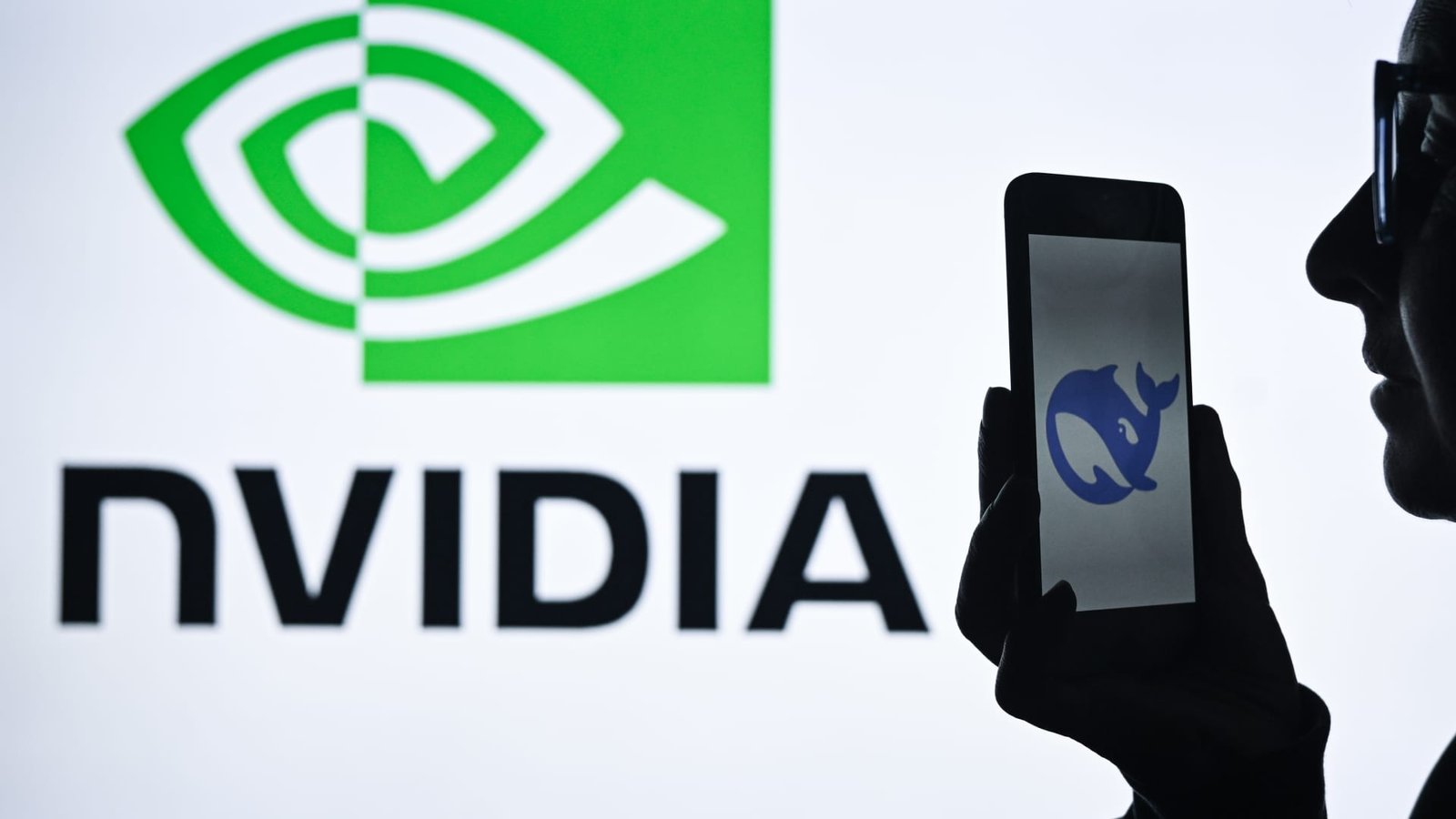
Southeast Asia does not need to take side in the US-China Tech competitor: experts
The background has a woman’s cell phone involving a DPC Logo displayed by the NVDia logo.
Nurfoto | Nurfoto | Getty
Since China and the United States are competing in artificial intelligence, Southeast Asia should attract the best countries in the two countries when creating their own technology, members of the panel said CNBC said. East Tech West 2025 Conference On June 27 at Bangkok, Thailand.
Julian Gorman, the head of the Asia-Pacific, the Mobile Network Trade Organization, said that if the southeast Asia is forced to be chosen during either superpower, this would be a negative development.
“Southeast Asia depends a lot to both China and the US.
He said, “It is very important to focus on not to break the technology, to certify and to work so that the technology will go beyond land pollitics and eventually be used for good,” he added.
In the spread of US and Chinese AI companies New global market Both Beijing and Washington are looking for a big trend this year More global influence In advanced technology.
America and China offers
According to the Asia Group’s digital practice managing director and co-chairman George Chen, Southeast Asia was initially leaning towards AI models of the United States, such as Google and Microsoft.
However, due to the emergence of China’s Deepasik, the models of the company in southeast Asia have been popularized at a low cost and free-source license, which can be used to create models and adapt to regional preferences.
Open-sources generally refer to the software in which the source code is freely available, allowing anyone to see, improve, and redistribute it. There are big language models players in China Leaning in this business model From Deepasik’s debut.
Previous panel East Tech West has flagged the open-source models as an important tool for creating its own universal AI capacity for China and the outside regions of the United States.
Meanwhile, in favor of hardware, the US Chip monster is a leader in the AI processor via NVDia. The United States has limited China’s entry into these chips, but they are in the market in Southeast Asia – Chen suggested that the region was benefiting.
However, Chen states that AI landscape is likely to change dramatically in a decade, China is capable of providing more affordable options to Nvidia.
“Don’t take it easily and quickly. Think of how to increase your financial financial,” he suggested.
Gorman of the GSMA pointed out that the “balanced act” during the superpower was not new to the Southeast Asia. For example, the mobility industry of the region depends greatly on the Chinese Tech Manufacturing and Hardware as well as other regions like the telecommunication of the United States.
The edge of the Southeast Asia
The US and China are clearly ahead of the formation of Advanced Davans AI models, but in the World AI space has its own edge of Southeast Asia, members of the panel said.
“If you think about AI technology, you eventually need to apply it to a real product or service. People can use it,” said the Asia Group’s chain.
The region has a strong app atmosphere that gives the “good potential”, he said. “Demographic is young, which means that the probability of talent is always, and the R&D price is relatively cheaper than other places.”
As a A, Malaysia has already contributed to the spending of expenses AI Data Center and Computer Global PowerhouseEspecially in the southern Johar region.
Nevertheless, Southeast Asia should be aimed at bringing companies with advanced ability to learn home industries – China has worked to get west in advanced technology, Chen said.
Leader in AI regulation?
According to GMRMA of GSMA, Southeast Asia can work as a neutral field between China and the United States, where both sides can come together and engage in high-level dialogues on how to apply AI responsibly.
He said that he could play an active role in the regulation of Southeast Asia AI, he mentioned recent examples of regulatory leadership in a region like Singapore. Shared To cope with international scams and fraud.
So far, AI has some world rules. Have been adopted by the European Union PolicyThe US and ASEAN countries have not yet pursued it.
Chen added that the region must be banding together and adopting a general framework to get more major places on the World AI Development and Regulation table.













Post Comment